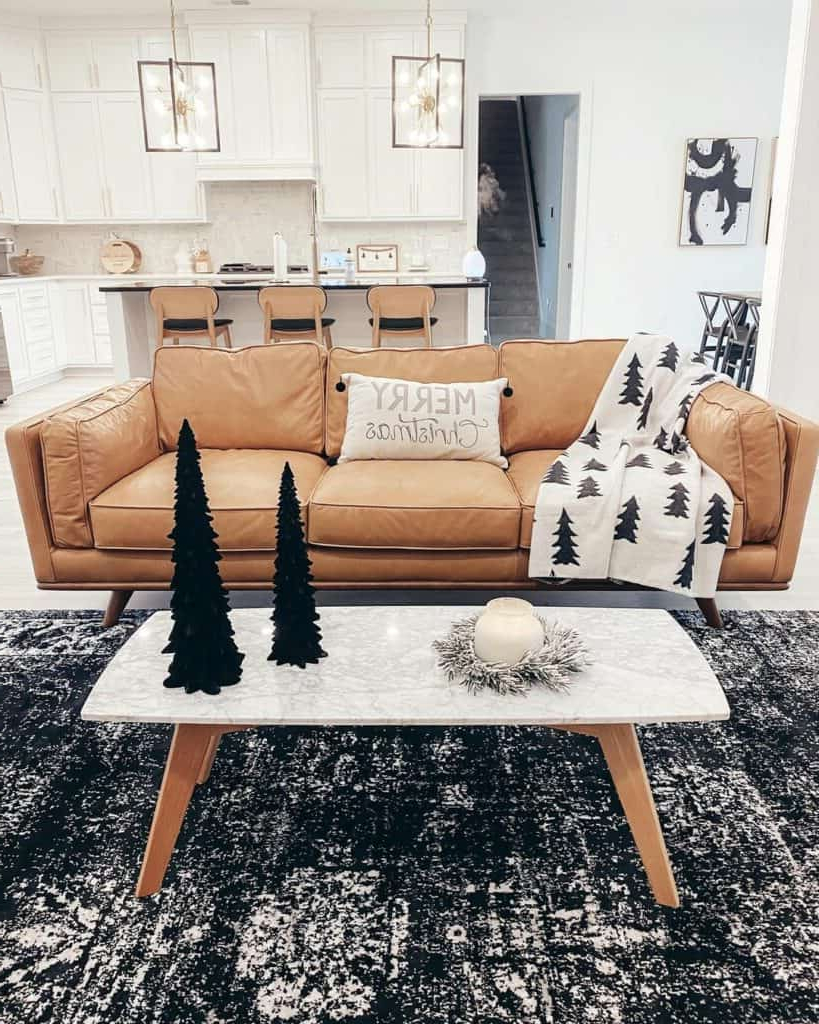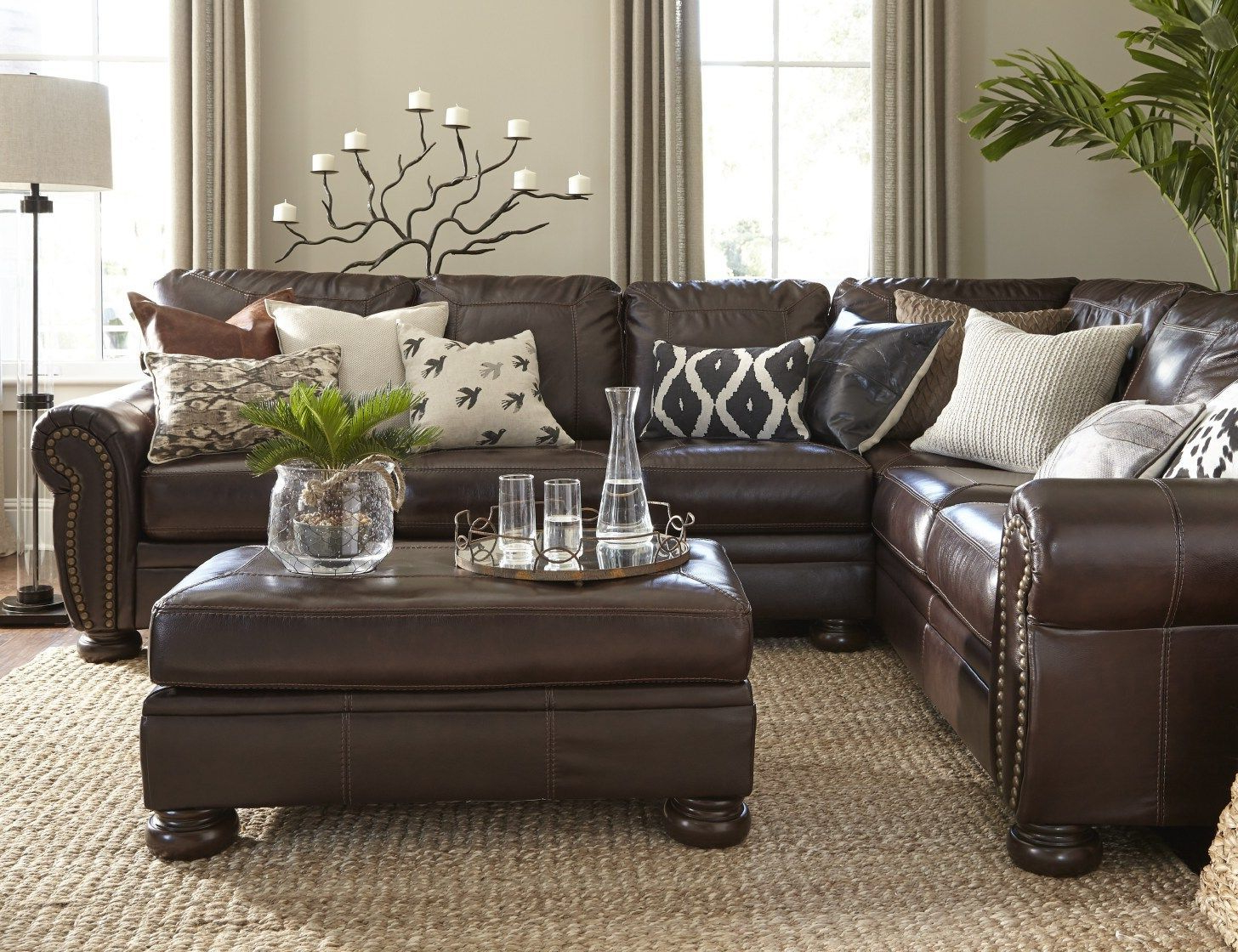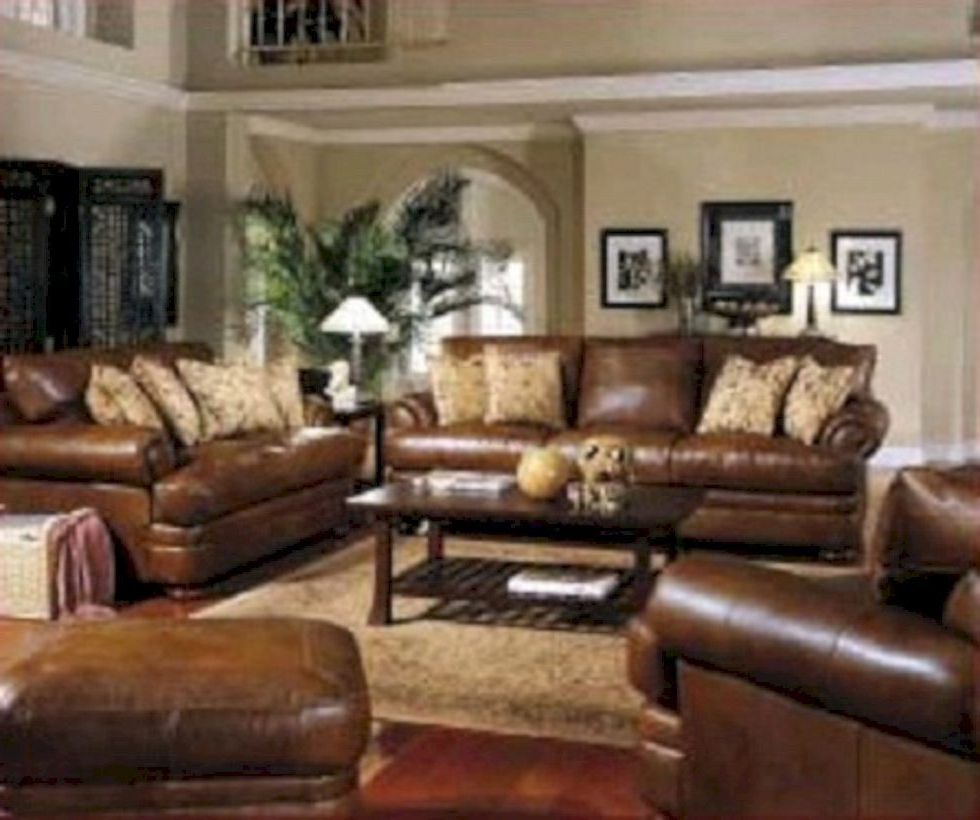Small living spaces don’t have to mean sacrificing style or comfort. In fact, the right leather furniture choices can make all the difference when it comes to maximizing every inch of your compact home. Whether you’re navigating a studio apartment, a cozy bedroom, or a tiny office, leather offers versatility, durability, and aesthetic appeal that perfectly suits modern small-space living.
Living in smaller spaces has become increasingly common in today’s urban landscape. From bustling city centers to growing millennial populations, the demand for efficient, stylish solutions continues to rise. Many people assume that smaller spaces mean less room for comfort and design, but that’s simply not true. With thoughtful furniture selection, especially when it comes to leather options, you can create a space that feels both spacious and welcoming. Leather furniture stands out because it combines timeless elegance with practical functionality, making it perfect for those who want to make the most of their limited square footage. It’s not just about looks though – leather brings durability and ease of maintenance that make it ideal for busy lifestyles. Think about it: a well-chosen leather sofa can serve as the centerpiece of a living room while still fitting comfortably in a tight corner. The key lies in selecting pieces that work smartly within your space constraints.
Why Leather Wins in Small Spaces
Leather furniture isn’t just about luxury – it’s about smart choices that enhance small environments. The material itself has several advantages that make it particularly suited for compact living situations. First off, leather has a visual quality that makes spaces appear larger. Light-colored leathers, especially, reflect light beautifully, creating an airy feel even in dimly lit corners. This optical illusion effect means you’re getting more perceived space from the same physical area. Additionally, leather doesn’t absorb moisture or odors like fabric does, which is crucial for small rooms where air circulation might be limited. You won’t have to worry about stains or smells lingering after guests visit. Another significant benefit is the material’s ability to age gracefully. Unlike cheaper alternatives that look dated after just a few years, quality leather develops a rich patina over time, becoming more beautiful rather than less. This longevity means fewer replacements and less waste. Plus, leather requires minimal maintenance compared to other materials. A quick wipe-down with a damp cloth and appropriate cleaner keeps it looking fresh year after year. When you consider the investment in quality leather furniture, it becomes clear why it’s such a smart choice for small spaces.
Key Design Principles for Compact Areas
Creating a successful small space layout requires understanding some fundamental design principles. The first rule is to choose furniture that serves multiple purposes. For example, a leather ottoman with storage can double as seating and a place to stash blankets or books. This kind of dual-function piece maximizes utility without taking up extra floor space. Second, consider the proportions of your furniture carefully. In small areas, oversized pieces can overwhelm and make spaces feel cramped. Instead, opt for streamlined designs with clean lines that draw the eye upward rather than filling the entire visual field. Third, think about the color palette. Lighter leather tones like cream, beige, or soft brown can make walls appear farther away and ceilings higher. These colors also pair beautifully with neutral walls, creating a cohesive look that feels expansive. Finally, remember that less is often more. Don’t try to fill every corner with furniture. Leave some breathing room – empty space is actually essential for making small rooms feel open and uncluttered. The strategic placement of one or two statement pieces can be far more effective than trying to cram everything in.
Essential Leather Pieces for Small Rooms
Not all leather furniture is created equal, especially when it comes to small spaces. Certain pieces offer more bang for your buck in terms of functionality and space-saving potential. A compact leather sofa with a low profile works wonders in tight living areas. Look for designs that have minimal bulk and clean lines, avoiding bulky armrests that might take up valuable wall space. A leather dining chair can serve as a stylish accent while saving space compared to traditional wooden chairs. These pieces often feature sleek profiles that don’t dominate small tables. For sleeping areas, a leather headboard can add visual interest without requiring a full-sized bed frame. This approach allows you to maximize the room’s usable space while still achieving a sophisticated look. Storage solutions are also crucial in small spaces. Consider a leather bench with hidden compartments or a leather side table that doubles as a bookshelf. These multifunctional items are particularly valuable in studio apartments where every inch counts. Finally, don’t overlook the power of a good leather armchair. These pieces can anchor a reading nook or provide comfortable seating in tight corners where larger furniture wouldn’t fit.
Color and Texture Considerations
Choosing the right leather color and texture can make or break your small space design. Lighter shades naturally make rooms feel bigger and brighter, especially when they’re used strategically. Cream and beige leathers work particularly well in small spaces with limited natural light, as they reflect available illumination and create a sense of openness. Darker leathers, while elegant, should be used more sparingly in small rooms unless you’re aiming for a dramatic focal point. Textural elements also play a big role in how small spaces feel. Smooth leather surfaces tend to be more visually light, while textured or embossed leathers can add depth and interest without overwhelming the space. Consider the overall texture balance in your room – if you have a smooth leather sofa, perhaps a slightly textured leather accent chair could provide contrast without cluttering the visual field. The key is maintaining harmony while adding enough variation to keep things interesting. Remember, texture isn’t just about the surface – it’s also about how light reflects off different areas of your furniture. A leather piece with subtle grain patterns can catch and redirect light in ways that make spaces feel more dynamic.
Maintenance and Longevity Benefits
One of the biggest advantages of leather furniture in small spaces is its incredible durability and easy care requirements. Unlike fabric upholstery that needs regular cleaning and can develop permanent stains, leather is remarkably resilient. Regular dusting with a soft cloth removes surface debris, while occasional conditioning keeps it supple and prevents cracking. This low-maintenance aspect is crucial in small spaces where time and effort are precious commodities. Even spills don’t pose major problems with leather – they can usually be wiped away quickly before they set in. This makes leather particularly appealing for families with children or pets, who might inadvertently damage furniture. Quality leather also ages beautifully, developing a rich, worn appearance that many find more attractive than brand new. This characteristic means that investing in good leather furniture pays dividends not just in immediate satisfaction but also in long-term value. The longevity factor is especially important in small spaces where replacement costs can be significant. A well-made leather piece can last decades, providing consistent comfort and style while requiring minimal upkeep. This reliability makes it an excellent investment for anyone serious about maximizing their limited space.
Practical Tips for Real-World Implementation
Putting theory into practice means thinking through specific scenarios and challenges. Start by measuring your space carefully before purchasing anything. Take note of doorways, windows, and any architectural features that might affect furniture placement. Consider how you move through the room – will there be enough clearance around your furniture? Once you know your dimensions, look for pieces that can work within those boundaries. Modular furniture systems are particularly helpful in small spaces, as they allow you to adjust configurations based on changing needs. For example, a modular leather sofa can be reconfigured from a single unit to a U-shape depending on how much conversation space you need. Also, think about the practical aspects of daily life. Will you need to move furniture regularly? Does your lifestyle involve frequent entertaining? These factors influence which pieces will work best. For instance, a leather loveseat might be more practical than a full-size sofa if you rarely entertain guests. Remember that the furniture you choose should support your lifestyle, not limit it. Finally, don’t forget about accessories – throw pillows, blankets, and decorative items can enhance leather pieces without overcrowding small spaces. Choose accessories that complement rather than compete with your leather furniture, and always leave room for future additions or changes.
Budget-Friendly Approaches
Quality leather furniture doesn’t have to break the bank, especially if you approach it strategically. Start by prioritizing pieces that see the most use – perhaps a sofa or dining chairs – while saving budget for smaller accents later. Look for sales during seasonal transitions or end-of-season clearance events, when retailers often offer significant discounts on quality pieces. Consider the longevity factor when evaluating prices – a slightly more expensive piece that lasts twice as long is often a better investment than a cheaper alternative that needs replacing every few years. Reputable brands often offer warranty protection that covers manufacturing defects, giving you peace of mind about your purchase. Also, explore different leather types – full-grain leather is typically the most durable and expensive, but top-grain leather offers excellent performance at a more affordable price point. Some retailers offer finishing options that can make lower-cost leathers look nearly identical to premium materials. Remember that leather is a material that appreciates over time, so don’t let initial cost discourage you from choosing quality pieces. The right investment in leather furniture can transform your small space into something truly special.
Future Trends and Innovation
The world of leather furniture is constantly evolving, bringing exciting possibilities for small-space living. New manufacturing techniques now allow for more flexible designs that can adapt to unusual room shapes or sizes. Some companies are experimenting with sustainable leather alternatives that maintain the classic look while reducing environmental impact. Smart technology integration is also making its way into leather furniture – think built-in charging ports or LED lighting that enhances the aesthetic appeal. These innovations don’t just make furniture more functional – they also ensure that small spaces can stay current with modern trends without requiring complete renovations. The future of small-space furniture will likely focus even more on multi-functional pieces that can serve different purposes throughout the day. As cities continue to grow and living spaces shrink, we’ll see more creative solutions that combine beauty with practicality. Leather’s timeless appeal ensures it will remain a cornerstone of smart furniture choices, even as new technologies emerge. The key is staying informed about developments that might enhance your particular situation while maintaining the core principles of good design.
Small spaces don’t have to mean sacrificing style or comfort, especially when you choose leather furniture wisely. The combination of durability, visual appeal, and practical functionality makes leather an excellent choice for anyone looking to maximize their limited square footage. From selecting the right colors and textures to understanding maintenance needs and budget considerations, every decision matters in creating a space that feels both spacious and personal. Remember that the goal isn’t just to fit furniture into small rooms – it’s to create environments where you actually want to spend time. Quality leather furniture achieves this by offering timeless beauty, reliable performance, and the flexibility to adapt as your needs change. Whether you’re redesigning your entire apartment or just updating a single room, smart leather choices can transform your space from merely functional to truly inspiring. The investment in quality pieces pays dividends not just in immediate satisfaction but in long-term enjoyment and value. As urban living continues to evolve, the principles of smart furniture selection remain constant – choose wisely, live well, and make every inch count.















